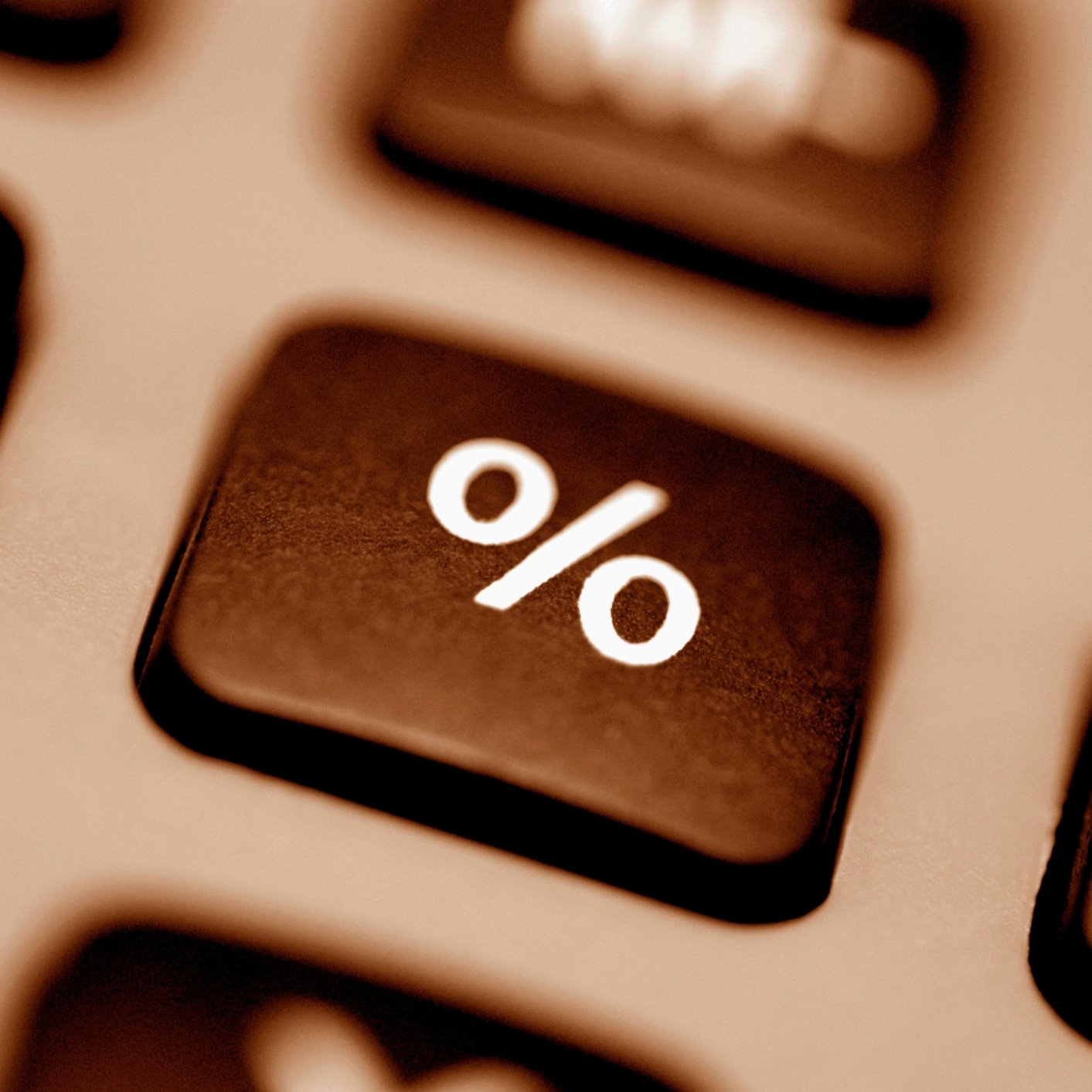
With Tuesday marking the start of the Federal Reserve’s Federal Open Market Committee (FOMC) meeting, 24/7 Wall St. wanted to offer a preview using more detailed outside sources. You should be warned that a rate hike by Fed Chair Janet Yellen and her team looks imminent for Wednesday, and one or two more rate hikes might be in the bag toward the middle of 2017.
It is no secret that stocks have surged since the election, based on many of Donald Trump’s pro-growth and pro-business initiatives. The Dow Jones Industrial Average is now just about 200 points shy of 20,000, and the 10-year Treasury note’s yield has risen about 70 basis points and is challenging 2.50%.
Several outside views have been collected here. It seems everyone is looking for a rate hike on Wednesday, and the wild card is just how much the Federal Reserve officials increase their gross domestic product and inflation views for 2017 and 2018 in the forecasts that also be released on Wednesday afternoon.
Bankrate.com is calling for a rate hike. The firm’s view was that the cumulative effect of a quarter-point hike could be very significant, even if the move sounds tiny:
If the Fed raises interest rates, say, 3 or 4 times over the next year, that could make a big difference to someone with an adjustable rate mortgage. A $200,000 mortgage at 4.75% costs almost $100 more each month than a $200,000 mortgage at 4%… As a result, homeowners should lock into fixed-rate mortgages as soon as possible. And other borrowers (credit cards, home equity lines, auto loans, etc.) should make debt repayment even more of a priority with the tailwind of low interest rates rather than the headwind of rising rates.
Lindsey M. Piegza, chief economist at Stifel Fixed Income, noted a challenge of communicating an uncertain path:
A second-round interest rate increase at next week’s FOMC meeting has essentially been fully priced into the market. But while another 25bp hike come December 14th is essentially baked into the cake, what happens next in terms of the longer-term trajectory of policy remains a large question mark. The Fed has a long history of miscommunication with the market and will likely continue to struggle to communicate the next stage of monetary policy as we turn the corner into 2017, particularly against the backdrop of heightened expectations for a pro-growth Trump administration buoying economic conditions near-term. The December rate hike just five days from now is essentially a sure bet, but the tone and direction implied by the statement and the SEP accompanying said increase are the real interests at next week’s policy meeting.
Hank Smith, chief investment officer at Haverford Trust, believes there is no reason to be at emergency interest rates, given recent economic data. He sees that pro-growth fiscal policy could pick up some of the slack in a new administration. He also noted that fiscal policy has been the missing ingredient in this economic expansion, and that broad tax and regulatory reform have a chance to reignite the animal spirits of investors. His notes said:
Emerging Markets and Consumer Staples (particularly dividend-payers) have been hit recently by fears of new trade policy, but what if trade wars or tariffs don’t happen? A stronger U.S. has to be good for emerging markets, which makes it a potential buy while it’s low. Investors will be just fine with good dividend-paying stocks. Interest rates won’t spike, even if we have seen the bottom, and the 10 year will grow but is still in demand because of the performance of other global sovereign debt.
Jefferies noted its view on oil with an FOMC rate hike baked into the cake:
While all eyes are on the FOMC meeting this week (25 basis point hike baked in), hints that Saudi and Russia would seek further cuts in output following last month’s agreement forced oil prices higher by at least $5 per barrel. US energy companies represent one of the best proxies on inflation protection as well as the best earnings growth within the S&P 500. We remain bullish on the sector.
PNC’s outlook from Chief Economist Stuart Hoffman and Deputy Chief Economist Gus Faucher see the market pricing in a 90%-plus probability of a December rate hike, and they think that markets are completely prepared for a near-term rate increase. They noted other points as the first commentary on the state of the U.S. economy since Trump won the presidential election:
- Our economists believe the Fed will move slowly, not a series of rapid-fire rate increases at every FOMC meeting. They are forecasting two additional 0.25 percent hikes in 2017 and 4 similar hikes in 2018. This approach would result in a much slower, more deliberate pace of ascent over the next 2-3 years, bringing the rate near 2.0 percent in 2019.
- PNC’s economists have bumped up their GDP outlook for both 2017 to 2.4% and 2018 to 2.7%. This revised GDP is in response to anticipated tax cuts, repatriation, and government stimulus from the Trump administration, and subsequent consumer spending and business capital expenditure.
As noted, this rate hike looks imminent. Now we have to start bracing for whether one or two rate hikes being priced in for 2017 is really enough.
Sponsored: Find a Qualified Financial Advisor
Finding a qualified financial advisor doesn’t have to be hard. SmartAsset’s free tool matches you with up to 3 fiduciary financial advisors in your area in 5 minutes. Each advisor has been vetted by SmartAsset and is held to a fiduciary standard to act in your best interests. If you’re ready to be matched with local advisors that can help you achieve your financial goals, get started now.
Thank you for reading! Have some feedback for us?
Contact the 24/7 Wall St. editorial team.



